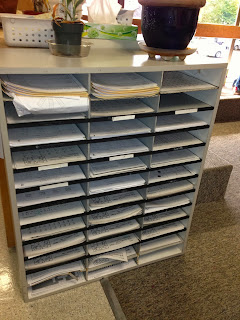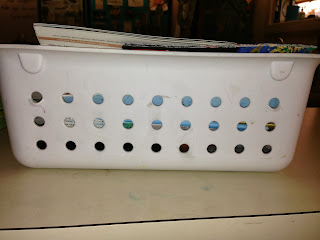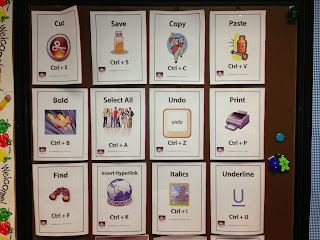Are planets visible to the naked eye? Satellites?
We had a great discussion. I reminded students that I am still learning a lot about space and the solar system, and that some of them know much more than I do. It's great to have a classroom where we are ALL learning.
Here are a few of the resources I used to inform our discussion.
 |
| NASA International Space Station Site |
The ISS is visible to the naked eye (on cloudless nights in Bellingham of course)! Just click on the photo below to visit the Satellite Sighting Information page. Click on Bellingham, and then you will be taken to the page that lists all the dates and times the ISS will be visible in the few weeks.
 |
| Photo Credit: NASA |
Have you looked up the ISS schedule? Have you seen the ISS or what you think might be other satellites? Have you used Earth Sky or other astronomy webpages or apps to help you identify what you are looking at in the night sky?





















































